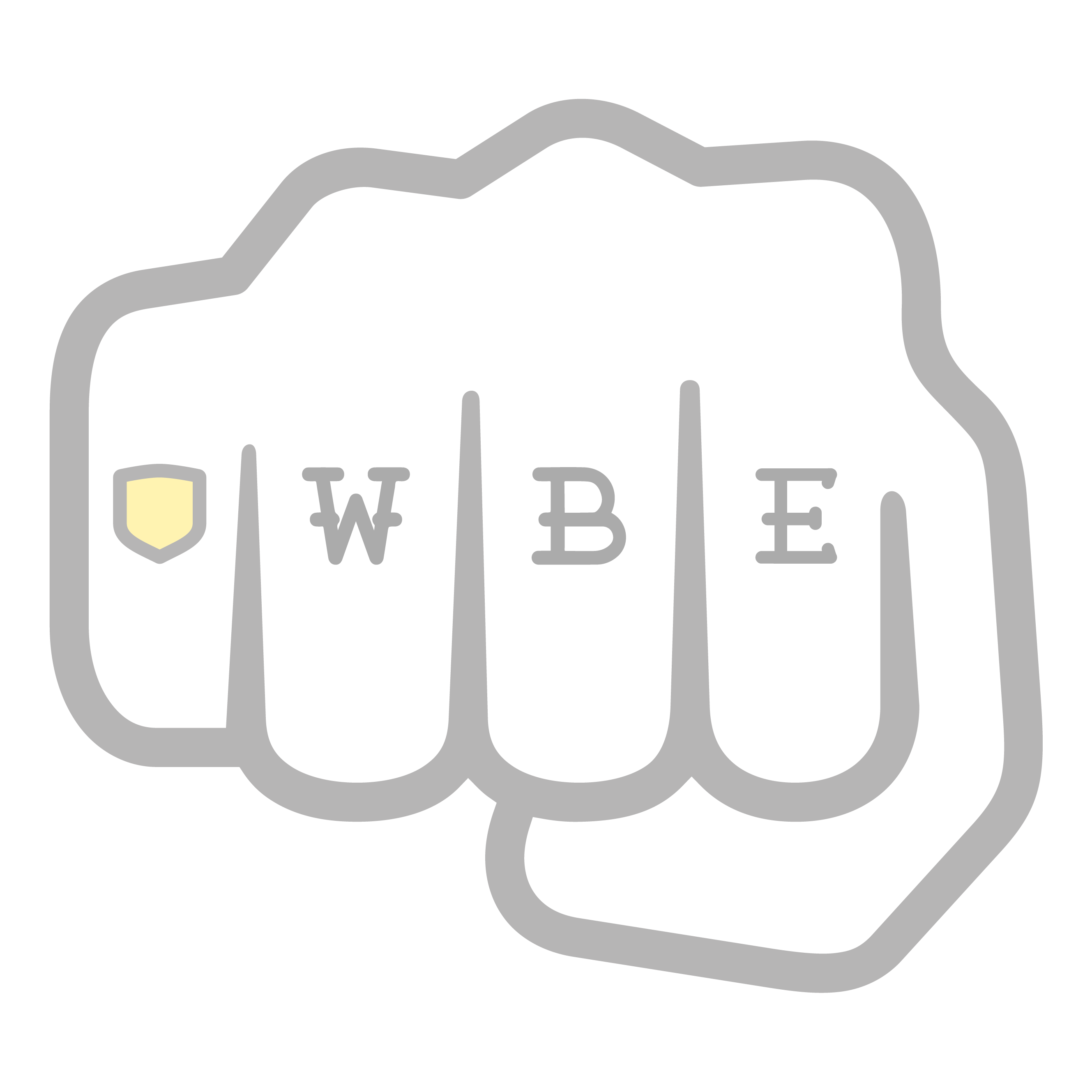Inside the Shift: Why Hybrid Teams Are Your Competitive Edge
By Dorothy Urlich, as published in ANA
While in-house agencies scramble to do more with less, the smartest creative leaders aren’t just cutting costs — they’re fundamentally reimagining how great work gets made.
In the past, when a client win fueled our need to ramp up quickly, we turned to freelancers to help. But consider this wake-up call: Scaling today isn’t just about headcount. It’s about building a smarter, more flexible model that can help unlock new kinds of creativity.
The answer: an intentionally blended staffing model built not just for capacity challenges but to blend full-time hires strategically with freelance talent upfront when staffing plans are created. Success requires more than just hiring a few contractors. It demands a strategic approach to integration and collaboration.
This transformation aligns closely with ideas laid out by John Winsor in his book Open Talent, in which he urges leaders to rethink how work gets done. Winsor explains that the idea resonating right now is: “Brilliance is abundant, and opportunities are scarce. Agencies of the future will open the aperture of opportunities to allow more brilliance to shine. In this new world of democratized creativity, everybody wins.”
Where Freelancers Fit
Freelancers bring value. Full-time employees often own the strategic and brand continuity roles. They are keepers of the brand messaging. Freelancers, on the other hand, can excel when leveraged for:
- Project-based conception for campaigns or product launches
- Specialized skills like UX design, motion graphics, or video production
- Testing new platforms and AI tools with lower risk
Talent wants flexibility, meaningful work, and a stake in the outcome. Companies that offer all three will attract the better talent, faster. However, the line isn’t always clear. The most successful teams don’t just outsource execution — they fully embed external talent into their process.
Making It Work: Integration Over Isolation
Hiring freelancers is easy with the right network and a vetted talent pool. Integrating them is the hard part. The goal should be to create a shared seamless sense of purpose, even for short-term projects. For freelancers to deliver great work, they need full access. This means:
- Day-one onboarding. Freelancers get the same brand immersion as new hires.
- Full transparency. Share budgets, timelines, and strategic context — not just creative briefs.
- Real integration. Include freelancers in client presentations and strategic discussions.
This isn’t just theory as UX, UI, and Product Designer Thomas Grist explains: “I choose freelance work over full-time employment because it offers greater autonomy and ensures my compensation reflects the impact of my contributions.” Thomas has been embedded in-house on long-term projects and is just as committed as his client’s permanent team members. When freelancers feel valued and informed, the quality and consistency of their work rises. Brands get better ideas, faster turnarounds, and stronger creative partnerships.
Latest In-house Agency Models
The best in-house agencies are growing and moving fast. They are built for speed, scale, and cultural fluency. They produce content across channels, respond in real time on social, and develop platform-specific creative. Many flex up with freelance designers, writers, and animators. We’re already seeing this philosophy at some highly respected in-house agencies.
Some agencies have grown into full-service creative hubs, leading brand work across every touchpoint: digital, social, broadcast, video, print, outdoor, direct mail, collateral, webinars, and even trade shows. Their blended teams are structured to handle it all, maintaining consistency while moving with agility.
Others operate more like studios. They are small, experimental, and connected to what’s happening right now. They regularly lean on freelance creators, often to maintain deep cultural relevance.
There are also hybrid in-house agencies that act like creative consultancies. They scale their model around the work needed by bringing in niche freelancers. They stay lean, but strategically expand when the opportunity or brief demands it.
In-house agencies are no longer one-size-fits-all. The strongest blend agency-caliber talent with flexible freelance partnerships. The in-house agency of the future is more brand-attuned than ever before.
Heart Haus, the internal agency at CVS Health, brings a fresh perspective across health, wellness, and retail, ensuring work that feels both authentic and relevant. With a dedicated core team, they foster deep brand understanding, seamless collaboration, and consistently high-quality creative output. While Heart Haus relies primarily on their full-time creative teams, executive creative director Karen Hite notes,“We are continuing to build a roster of trusted contractors to help us with specialized needs. Using freelancers helps keep us agile and gives us access to top talent.”
What Freelancers Want
To truly benefit from this model, companies need to understand the freelancer’s perspective. Most freelancers aren’t looking for random gigs. They want to be part of something meaningful and the chance to produce great work while growing the relationship.
After loving many years as a full-time employee, Senior Designer Robyn Kichen is now freelancing on extended contracts. Her clients work with a blend of full-time and permalancers. Ongoing relationships help Robyn and her clients save time because she’s already learned the ins and outs of their brand: “Personally, I love the freedom freelancing brings to my work/life balance. In this modern agency world, I feel like I have an opportunity to keep doing great work while having more time for my family.” Freelancers find delivering great work and significant results incredibly rewarding.
Talent Is a Continuum
Today’s talent operates on a continuum and the most progressive creative and marketing teams are building their models accordingly. They think about who contributes, how they’re engaged, and what success looks like.
Hybrid teams, done well, aren’t a compromise. They’re your competitive edge.
This article was originally published at ana.net.





